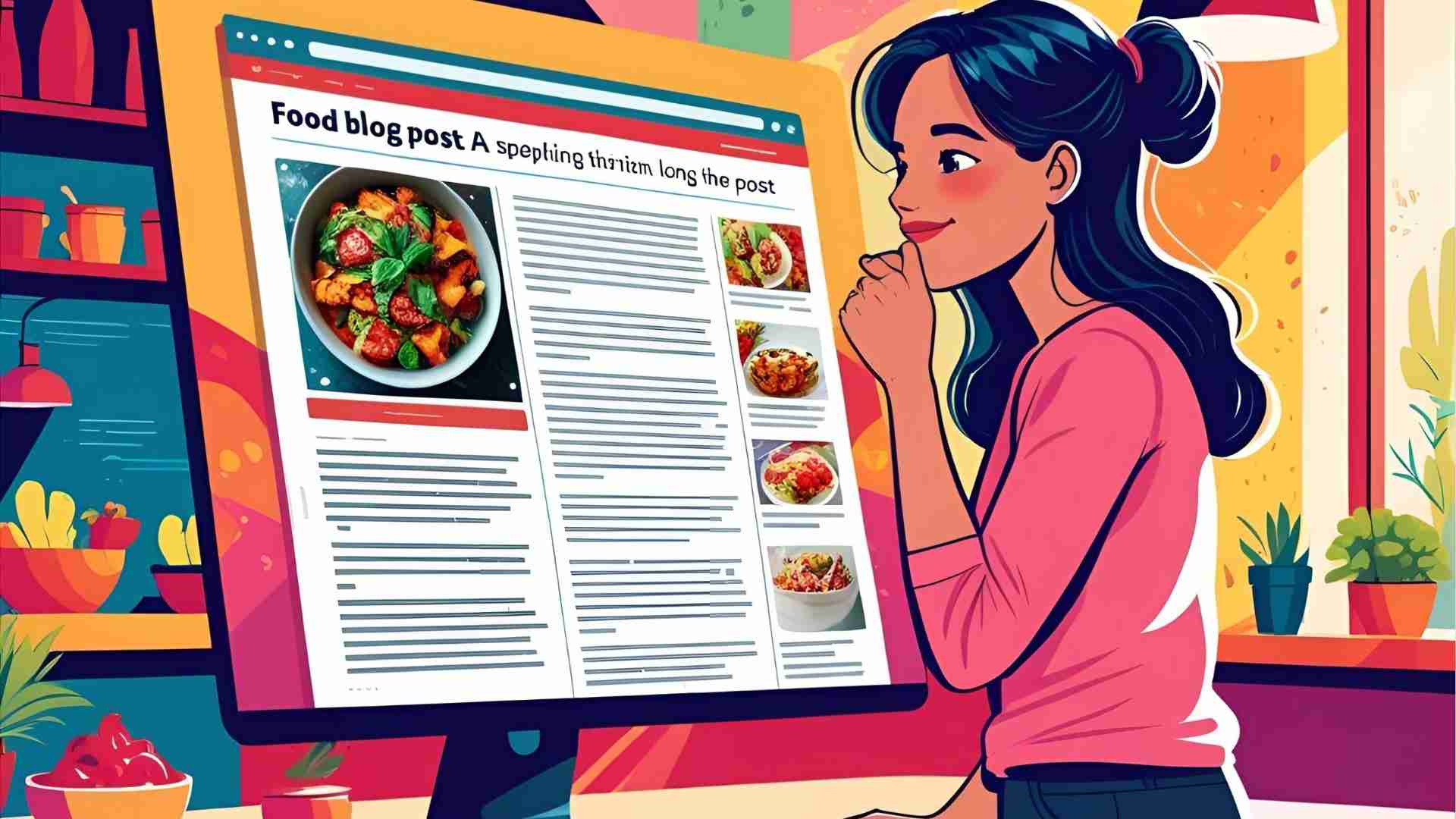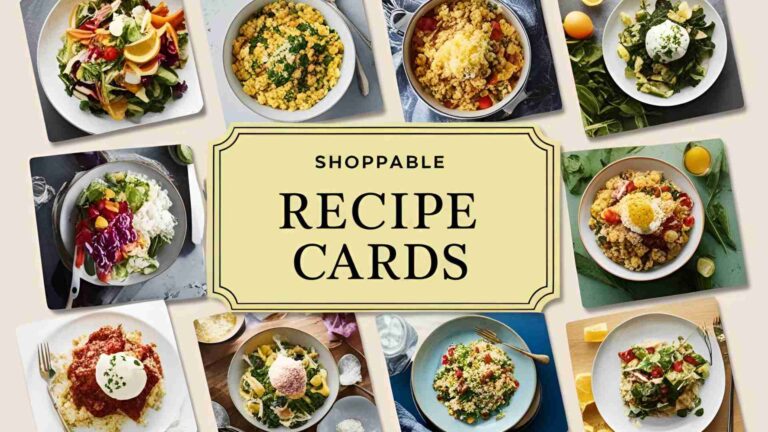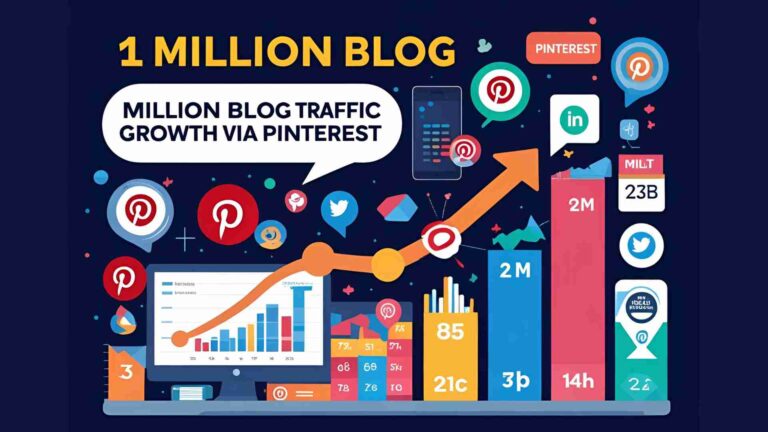Why are Food Blog Posts so Long?
Discover why food blog posts are so long, from SEO benefits to monetization strategies, and how they enhance reader engagement.
Food blog posts are often lengthy, filled with personal anecdotes, detailed backstories, and extensive context before the actual recipe appears. For many readers, this can feel like an endless scroll to reach the ingredients and instructions they’re seeking. Social media posts, like those from Mindy Kaling humorously lamenting the long narratives, reflect a common frustration: why can’t bloggers just get to the recipe? Yet, there’s more to these extended posts than meets the eye. Food blogging is a complex business driven by a blend of creativity, strategy, and economics. This article explores the key reasons behind the length of food blog posts, shedding light on their purpose and value for both bloggers and readers.
The Business of Food Blogging: Monetization Through Content
Food blogging is not just a creative outlet; it’s a livelihood for many. The primary reason for lengthy blog posts is financial: longer content allows for more advertisements, which are a significant revenue source for bloggers.
How Ads Drive Revenue
Most food bloggers offer their recipes for free, making them accessible to anyone with an internet connection. To sustain this model, they rely on advertisements embedded within their posts. The more content a post contains, the more opportunities there are to insert ads, increasing potential earnings. For example, a 2,000-word post can accommodate multiple ad placements compared to a 500-word post, directly impacting revenue.
| Ad Type | Description | Revenue Potential |
|---|---|---|
| In-Content Ads | Ads placed within the text, often between paragraphs. | Moderate to High |
| Sidebar Ads | Ads displayed on the side of the webpage. | Moderate |
| Video Ads | Short autoplay videos, often with an option to skip. | High |
| Pop-Up Ads | Ads that appear over the content, often avoided to improve user experience. | High (but less common) |
Bloggers carefully balance ad placement with user experience. Some, with high traffic, can afford fewer ads, while others, especially those with lower traffic or during financial hardships, may increase ad density to boost income. For readers who find ads intrusive, alternatives like cookbooks or subscription-based platforms such as New York Times Cooking offer ad-free experiences, but free online content often comes with the trade-off of ads.
The Role of Sponsored Content
Beyond ads, lengthy posts provide opportunities for sponsored content. Bloggers partner with brands—think kitchenware companies or food product manufacturers—to integrate endorsements into their narratives. A story about a family recipe might subtly highlight a sponsored ingredient, blending authenticity with promotion. This strategy not only boosts revenue but also engages readers by making the endorsement feel personal and relevant.
SEO: The Engine Behind Long-Form Content
Search Engine Optimization (SEO) is a critical driver of food blog post length. Google and other search engines prioritize content that is comprehensive, relevant, and engaging, all of which are enhanced by longer posts.
How Length Impacts SEO
Longer posts increase dwell time—the time a reader spends on a page—which signals to search engines that the content is valuable. A detailed post about, say, homemade gnocchi might include sections on its history, types, and pairing suggestions, keeping readers engaged longer than a bare-bones recipe. This can improve the post’s ranking on search engine results pages (SERPs).
Additionally, longer content allows bloggers to incorporate long-tail keywords, which are specific phrases like “authentic Italian gnocchi recipe” or “gluten-free gnocchi with sage butter.” These keywords are less competitive and align closely with user search intent, increasing the likelihood of ranking higher.
Example: SEO in Action
Consider a blog post about shahi paneer, a rich Indian dish. A blogger might include a 500-word section on its Mughal origins, regional variations, and ingredient substitutions. This not only enriches the content but also targets long-tail keywords like “history of shahi paneer” or “shahi paneer recipe with cashew cream.” The result? Higher visibility in search results, driving more traffic and, consequently, more ad revenue.
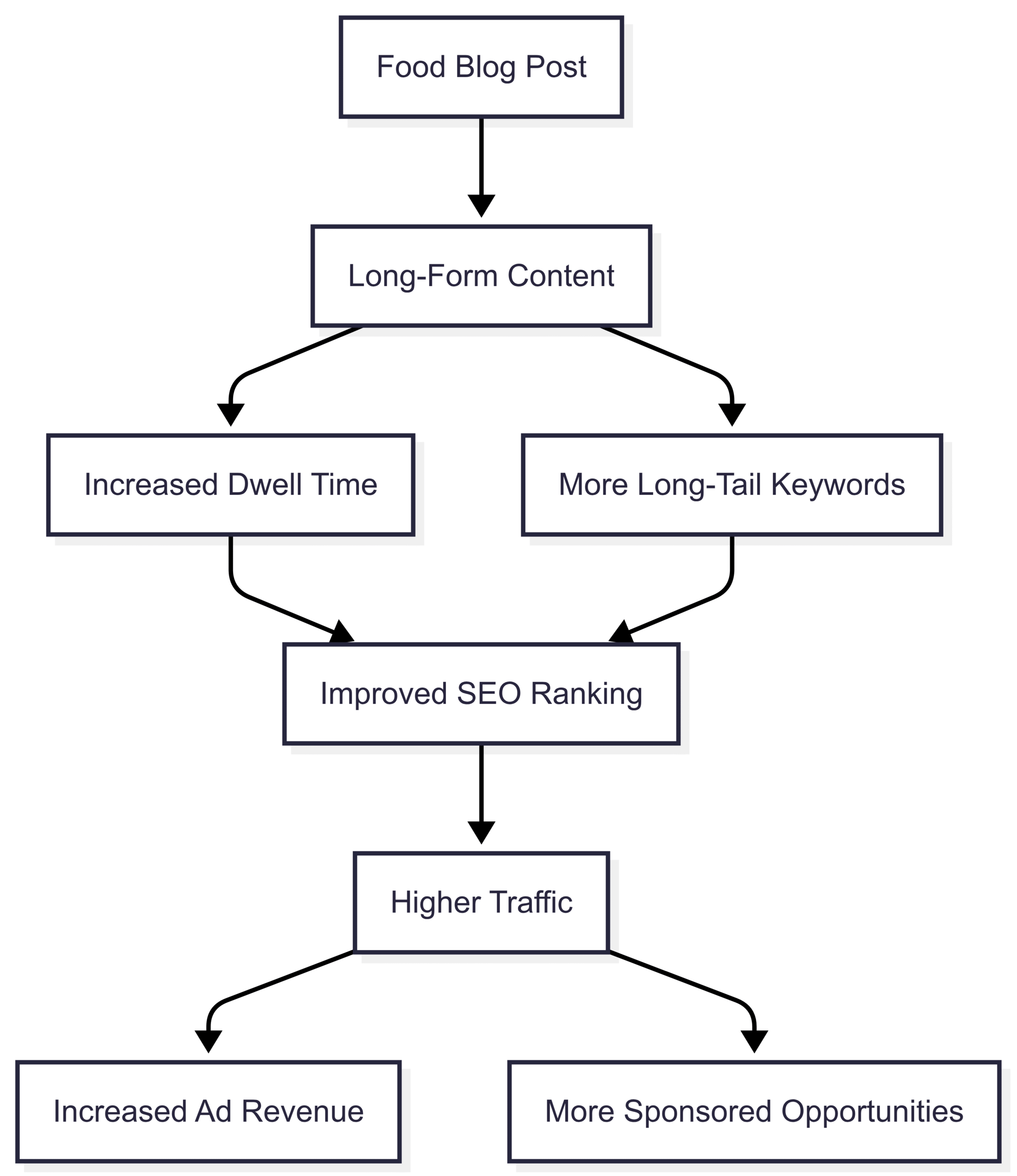
The Creative Heart of Food Blogging
Food blogging is as much about storytelling as it is about cooking. Lengthy posts allow bloggers to express their creativity, share their personalities, and build a connection with their audience.
Personal Stories Build Authenticity
Personal anecdotes—whether about a childhood memory tied to a recipe or a travel experience that inspired a dish—humanize bloggers. They transform a recipe from a list of instructions into a narrative that resonates with readers. For instance, a blogger might share how their grandmother’s apple pie recipe evokes nostalgia, making the reader feel part of the story. This authenticity fosters trust and loyalty, encouraging readers to return for more.
Successful bloggers like Smitten Kitchen and The Pioneer Woman have built empires by weaving personal stories into their posts. Their readers don’t just come for recipes; they stay for the glimpse into the bloggers’ lives. Conversely, sites like Food52 focus strictly on food, proving that both approaches are valid. The choice reflects the blogger’s brand and audience preferences.
Enhancing Recipe Utility
Beyond engagement, stories add practical value. Bloggers often include tips on ingredient substitutions, cooking techniques, or troubleshooting common issues. For example, a post about sourdough bread might explain how to adjust hydration levels for different flours, empowering novice bakers. This additional context makes recipes more accessible and adaptable, especially for beginners.
| Story Element | Benefit to Reader |
|---|---|
| Ingredient Substitutions | Allows readers to adapt recipes based on availability or dietary needs. |
| Technique Tips | Provides guidance on complex steps, improving success rates. |
| Cultural/Historical Context | Adds depth, making the recipe more meaningful and educational. |
| Personal Anecdotes | Builds emotional connection, increasing reader engagement and loyalty. |
Addressing Reader Frustrations: The User Experience Debate
While lengthy posts have clear benefits, they can frustrate readers who just want the recipe. The criticism, often voiced humorously on social media, highlights a tension between bloggers’ goals and readers’ needs.
The “Jump to Recipe” Solution
Many bloggers address this by including a “Jump to Recipe” button at the top of their posts. This feature, often powered by plugins like WP Recipe Maker, allows readers to skip directly to the recipe card. Similarly, a “Print Recipe” option opens a streamlined version of the recipe in a new tab, free of narrative and ads. These tools cater to time-pressed readers, such as those at the grocery store or cooking with hungry kids waiting.
However, not all bloggers use these buttons. Skipping the narrative reduces ad views, impacting revenue. It’s a business decision: some prioritize user experience, while others rely on readers scrolling through the full post to maximize earnings.
Are Readers Really Inconvenienced?
The inconvenience of scrolling is often overstated. Timing a scroll through a typical 2,000-word post takes mere seconds—hardly a significant barrier. Compare this to ads in magazines or TV, which consumers often accept as part of free or low-cost content. The expectation of instant, ad-free access online may reflect a broader shift in how we perceive convenience in the digital age.
Still, frustrations are valid. Bloggers can mitigate this by ensuring their sites are mobile-friendly, with fast load times and intuitive navigation. Clear headings, tables of contents, and well-placed jump buttons further enhance the experience without sacrificing the benefits of long-form content.
The Gender Dynamics of Criticism
Food blogging is a female-dominated industry, and some criticism of lengthy posts carries a gendered undertone. Comments like “cut the BS” or “just give me the recipe” echo dismissive attitudes historically directed at women’s voices, akin to telling them to “get back in the kitchen.” While not all criticism is sexist—some stems from genuine impatience—it’s worth reflecting on how feedback is framed. Bloggers pour heart and effort into their work, and harsh demands to “get to the point” can feel like an attack on their creative process.
Consider cookbooks: many include recipe headnotes with stories or context, yet they rarely face the same scrutiny as blog posts. This disparity suggests a double standard, where free online content is held to a higher expectation of brevity than paid media.
Monetization Strategies Beyond Ads
Long-form content opens additional revenue streams beyond traditional ads. Bloggers can leverage their narratives for:
- Affiliate Marketing: Linking to products like cookware or specialty ingredients earns bloggers a commission. A story about baking might include affiliate links to a stand mixer, seamlessly integrated into the narrative.
- Email Newsletters: Engaging stories encourage readers to subscribe to newsletters, where bloggers can promote sponsored content or exclusive recipes.
- Brand Partnerships: Detailed posts attract brands looking for authentic influencers to reach targeted audiences. A blogger’s story about a summer barbecue might feature a sponsored grill, presented naturally within the context.
These strategies rely on the blogger’s ability to captivate readers, making lengthy content a cornerstone of their business model.
Balancing Act: Tools and Strategies for Reader-Friendly Blogs
To address reader preferences while maintaining the benefits of long-form content, bloggers use tools like WP Recipe Maker to enhance usability. These include:
- Recipe Cards: Structured, easy-to-read recipe formats with clear ingredient lists and instructions.
- Jump Buttons: Direct links to the recipe, reducing friction for impatient readers.
- SEO Plugins: Tools like Yoast SEO help optimize content for search engines without sacrificing readability.
- Mobile Optimization: Ensuring fast load times and responsive design for users on smartphones.
These tools strike a balance, allowing bloggers to retain the SEO and monetization benefits of long posts while catering to readers who prioritize quick access.
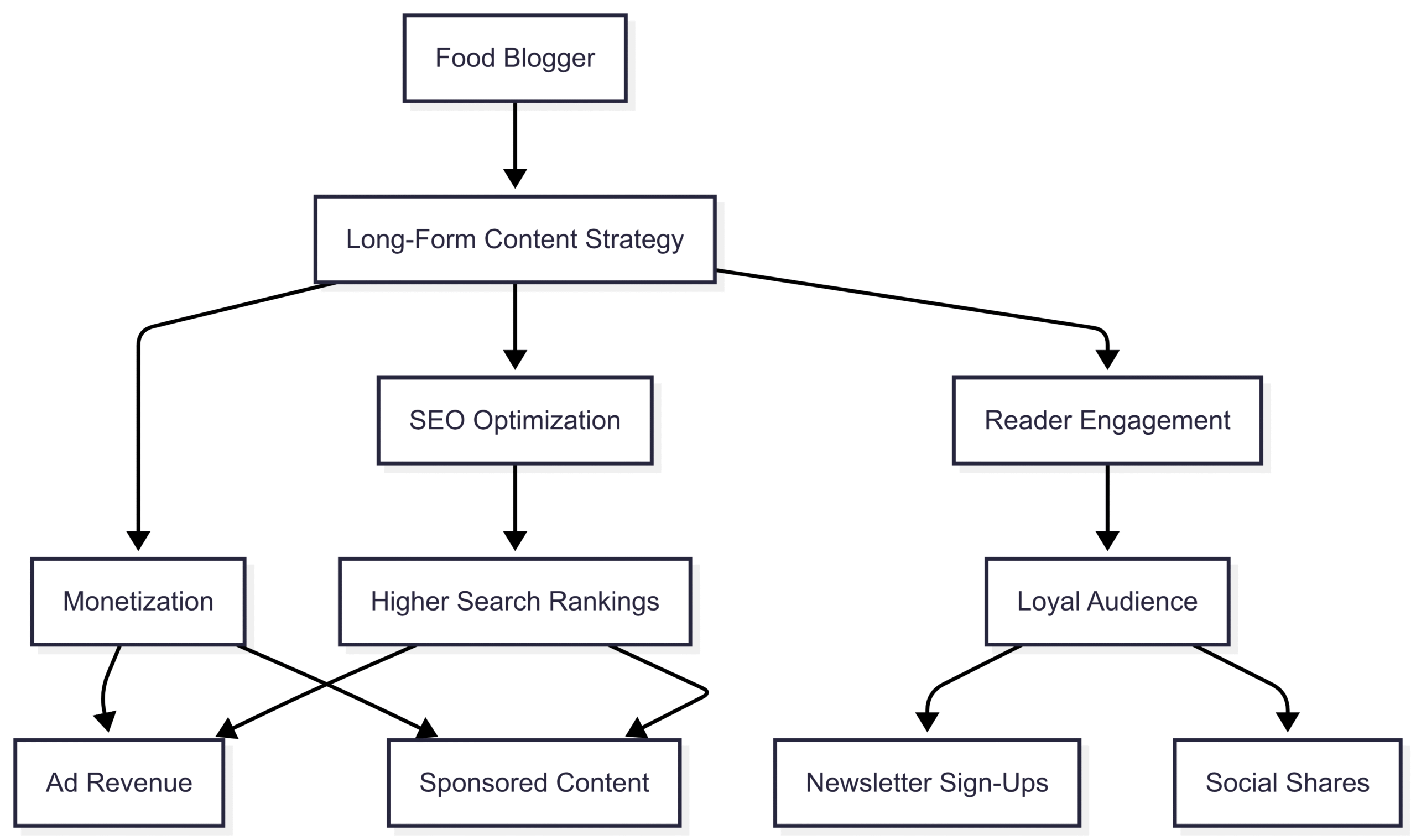
FAQs: Addressing Common Reader Questions
Why Not Put the Recipe at the Top?
Placing the recipe at the bottom encourages readers to scroll through the content, increasing ad views and dwell time, both of which boost revenue and SEO. The narrative also answers common questions, like substitutions or storage tips, reducing confusion.
Why Don’t All Bloggers Use Jump Buttons?
Jump buttons can reduce ad revenue by bypassing content. Bloggers weigh this against user experience, with some prioritizing accessibility and others maximizing earnings.
Can I Pay to Avoid Ads?
Some bloggers are exploring subscription models to offer ad-free experiences, but these are rare. Most rely on ads to keep content free, though premium platforms like Cook’s Illustrated provide ad-free alternatives.
Why Are Some Ads So Intrusive?
Ad types vary by blogger and ad network. Pop-ups are less common due to user backlash, but video ads, which are lucrative, may autoplay (without sound by default). Bloggers aim to balance revenue with a positive user experience.
Conclusion: The Value of Lengthy Food Blog Posts
Long food blog posts are a deliberate strategy, blending creativity, SEO, and monetization to sustain a blogger’s livelihood. While they may frustrate some readers, tools like jump buttons and recipe cards address these concerns without undermining the benefits of in-depth content. Stories add personality, build trust, and make recipes more useful, while also driving traffic and revenue. Next time you encounter a lengthy post, consider the effort behind it—and maybe take a moment to enjoy the story before hitting that jump button.
Please share these Why are Food Blog Posts so Long? with your friends and do a comment below about your feedback.
We will meet you on next article.
Until you can read, The best sharing-sites for recipes?
